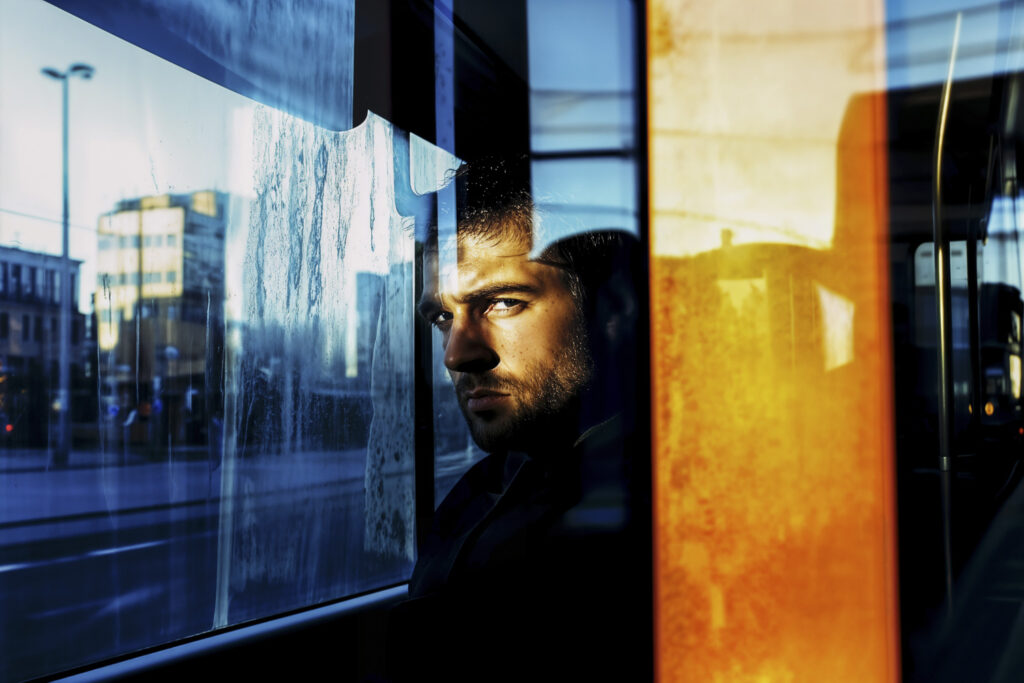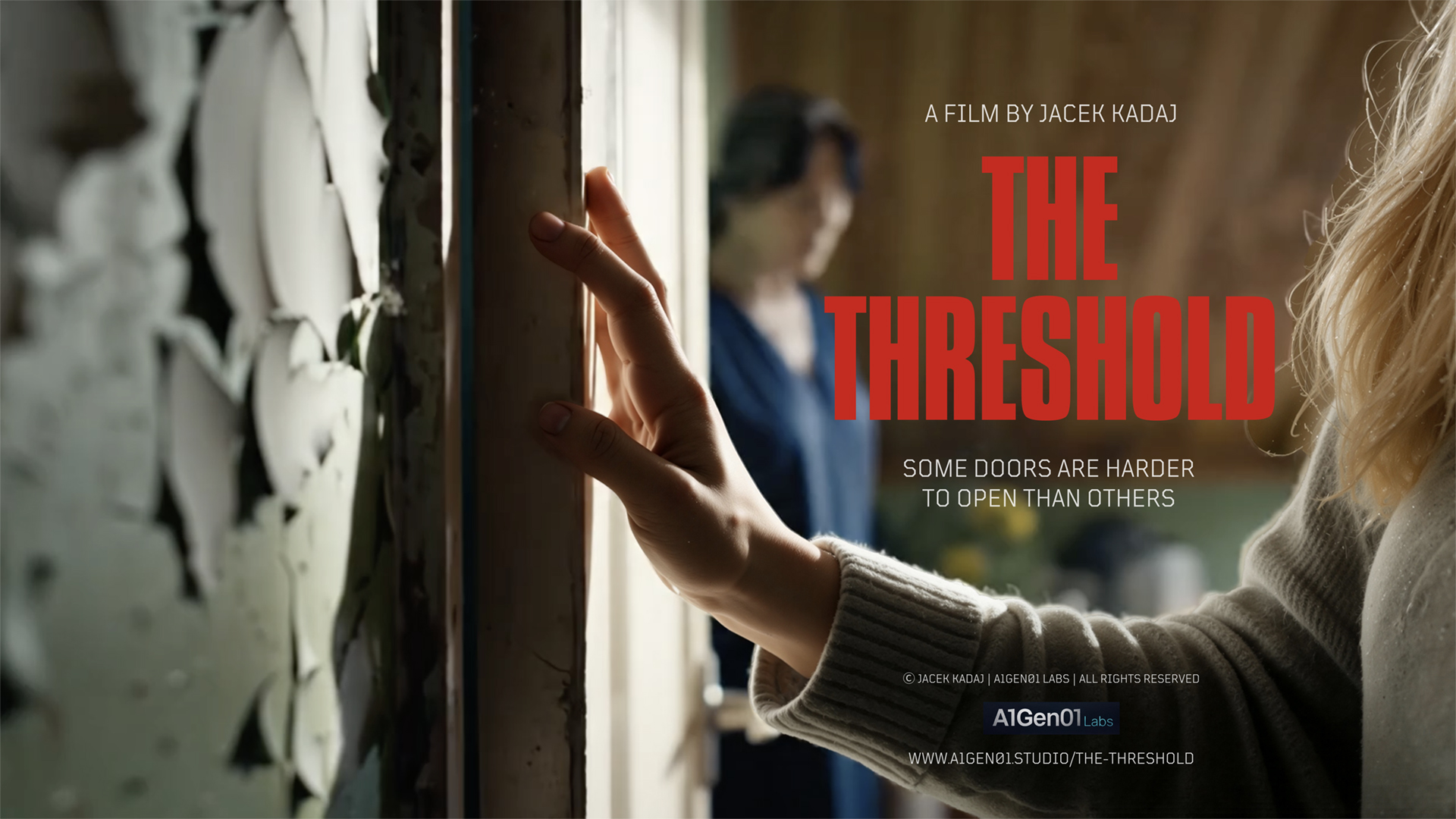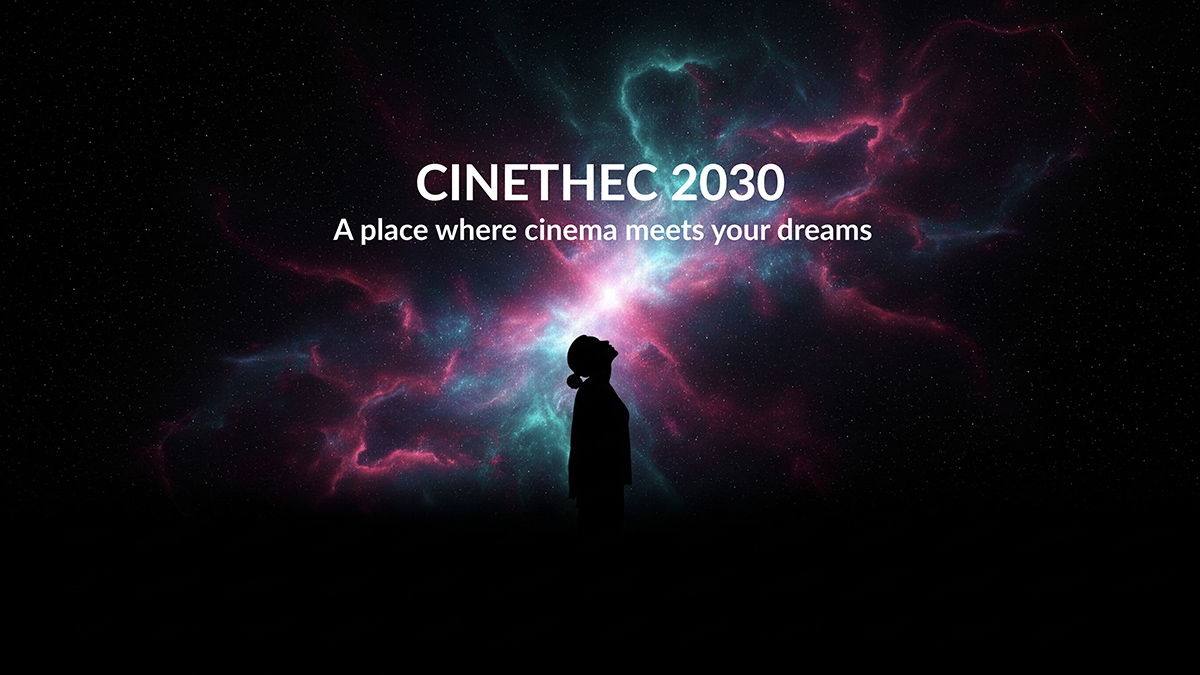
Finding the Balance
Navigating AI-Generated Content with Authenticity and Transparency as a Visual Creator
In today’s fast-paced digital world, the role of AI in visual content creation is no longer just a futuristic concept—it’s a reality. As a professional photographer and videographer, I’ve seen firsthand how generative AI has opened up exciting new avenues for creativity. From generating visually stunning landscapes to conceptualizing impossible dreamscapes, AI tools have redefined what’s possible in visual storytelling. But with all this potential comes the need for caution: balancing the use of AI-generated content with authenticity and transparency is now more crucial than ever.
The Rise of AI in Creative Industries
AI’s introduction into photography and videography has been a game-changer. With the right prompts, I can produce visuals that would have taken days to create traditionally, allowing me to focus more on conceptualizing ideas and less on execution. AI tools can help me generate alternate realities, surreal visual effects, and dynamic compositions that add layers to my work. They’ve become an indispensable part of my creative toolkit, allowing me to push boundaries and rethink visual possibilities.
But with this ease and speed, there’s a question that lingers in the back of every visual creator’s mind: is this real? And if not, does it matter?
.

Why Authenticity Still Matters
No matter how powerful the tool, one thing remains constant: the need for authenticity. As much as AI can assist me in generating impressive visuals, I know that my audience values honesty and realness above all else. According to the VisualGPS report, 98% of consumers agree that authentic images and videos are pivotal in building trust. In a world where deepfakes and manipulated content run rampant, maintaining a sense of reality in my work is what sets me apart from the flood of visuals in today’s media landscape.
Authenticity in visual storytelling means more than just using real people or unretouched photos. It’s about ensuring that the content resonates with audiences on a deeper, human level. As a photographer and videographer, my job is to connect viewers to a story, a feeling, or a moment that feels true—even if that moment is enhanced by AI.
AI as a Tool, Not a Replacement
While AI can create stunning imagery, it’s important to remember that it’s a tool—not a replacement for human creativity. The best ideas, in my experience, still come from those spontaneous, real-life moments that only human intuition can capture. AI can aid in the execution of those ideas, but it cannot replicate the emotional nuance or personal experience that goes into creating meaningful visual content.
When I use AI, I do so with the intent of enhancing—not replacing—what I bring to the table as a human creator. AI can help me speed up workflows and imagine new creative possibilities, but I never let it overshadow the authentic moments and emotions that are the core of my work. The key is to know when to use AI and when to rely on traditional techniques.
.

The Importance of Transparency
Transparency is the other critical element in maintaining trust with my audience. It’s not enough to create visually striking content—people want to know how it was made. According to the report, nearly 9 in 10 global consumers want to know whether an image has been created using AI. Being upfront about the tools I use not only helps me maintain credibility, but it also invites my audience into the creative process.
For example, if I create an AI-generated landscape for a video background, I make it clear that this was generated using AI. This transparency builds trust and shows that I’m not trying to deceive anyone with my work. Instead, I’m using cutting-edge tools to tell a story more effectively.
Navigating the Risks and Rewards of AI
There’s no denying that AI is a powerful force in the creative world, but it comes with its own set of risks. From potential legal issues around intellectual property to the possibility of AI-generated content being misinterpreted, it’s important to approach this technology with caution. Getting it wrong—whether by over-relying on AI or not being transparent about its use—can damage the trust I’ve built with my audience.
That said, the rewards of using AI are immense when done right. It allows me to push my creative boundaries, explore new worlds, and create visuals that were previously unimaginable. It’s all about striking a balance—knowing when to lean into AI for its strengths, and when to step back and rely on traditional methods to capture real, human moments.
.

Final Thoughts
As a photographer and videographer navigating the age of AI, I’ve learned that authenticity and transparency are the cornerstones of maintaining trust with my audience. AI is a fantastic tool that can elevate my work, but it’s just that—a tool. The human element of creativity, intuition, and emotional connection is something AI can never replace.
As I continue to explore the possibilities of AI, I do so with a commitment to keeping my work honest, clear, and authentic. By being transparent about my process and using AI in a way that complements rather than compromises my storytelling, I’m confident that I can create visuals that not only stand out but also resonate deeply with my audience.
In the end, the future of visual storytelling lies not just in embracing new technologies, but in blending them with the timeless elements of authenticity and human creativity. That’s where the magic happens.




